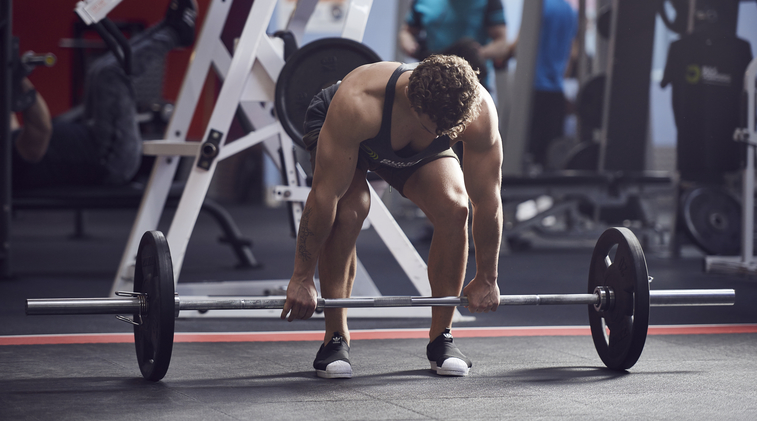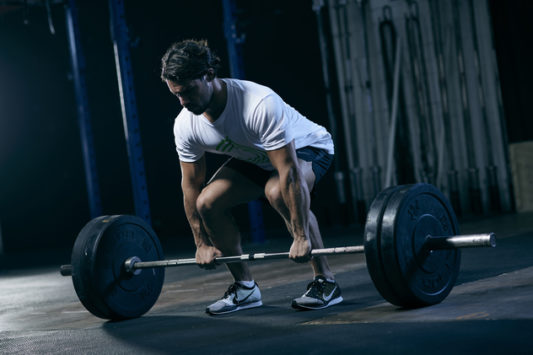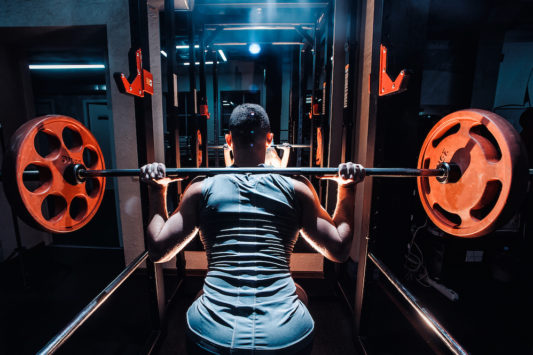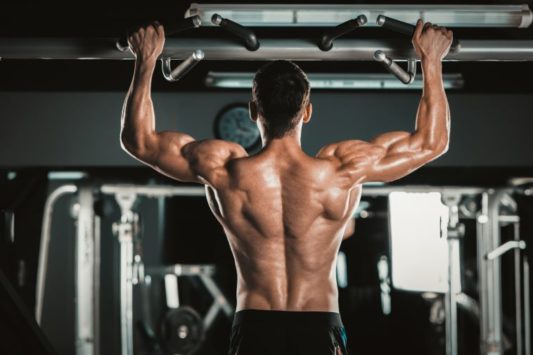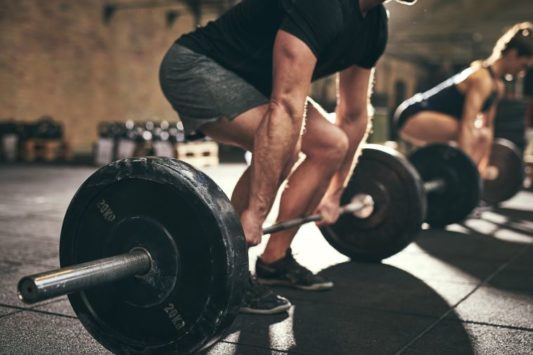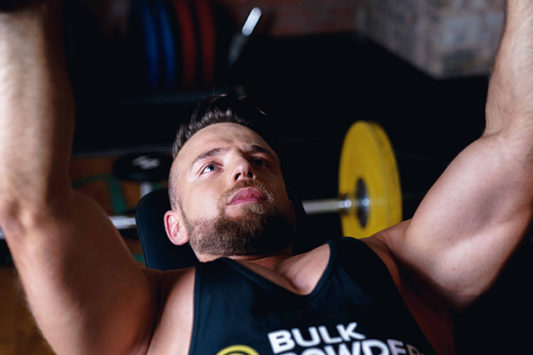With such diversity in the ever-growing land of fitness, it’s clear everybody has different goals. Some people want legs that could crack coconuts, while some want to be fast enough to catch the train we almost always nearly miss – we all have our own goals. However there is one goal that is unanimously shared amongst us all; strength.
It’s no secret that the three key exercises in gaining full-body strength are the Squat, Deadlift and Bench Press. Beginners will see their lifts progressively improve for about a year. Whereas intermediate and advanced lifters will eventually plateau. This is where accessory lifts become important because not only will they assist in improving your main lifts, but also by highlighting where your weaknesses lie and help you break out of that plateau.
SQUAT
Pause Front Squat
In my experience, the main thing that will improve your squats is…doing more squats. Don’t be fooled by the leg press or those glute kickbacks, just get yourself under the barbell more often. Practise, practise, practise!
If you are looking for a particular exercise though, the Pause Front Squat would be top of my list. It’s very simple (in theory – it’s harder to do than you think!) all you do is load up a barbell with about 60% of your 1RM, front rack it (a quick google search will help if you’re unsure about positioning!) and squat. Instead of “bouncing” back out of the squat, you pause at the lowest position. This forces you to keep your entire body tight because (as you’ll realise…) if you don’t, the barbell will pull you forward, rounding your back and ultimately cause you to fail the lift.
As well as teaching you to maintain full body tightness, by removing the “bounce” at the bottom position it also forces you to use your glutes a lot more than the traditional squat. This will directly impact your back squat as you learn to always recruit more of your glutes (basically ingraining good form into the movement!).
Clean Pulls & Pulls
This one you may not have seen as a “Squat Accessory Lift” before. It works. Also, this one is great as an alternative to squats if you have any knee issues (possibly from squatting too much) as it focuses more on the posterior chain than the quads. Any pulling movement (such as a barbell row) or a Clean pull will help develop strength. Clean pulls will add power and force to the often neglected posterior chain. Strong hamstrings and rhomboids are KEY in maintaining a stable core while performing the squat. Quick note: If you’re doing a lot of back work, remember to stretch it well- a rhomboid in spasm is possibly one of the worst pains ever.
BENCH
Seated Row
I cannot emphasise enough the importance of a strong and stable scapula while performing the bench press. If you don’t retract your scapula when benching, your shoulder joint doesn’t have any means to stabilise itself, which can lead to a rotator cuff injury. To engage as many muscle fibres as possible, really squeeze your shoulder blades together after each rep; you will feel the difference. It’s these muscles you want engaged when bench pressing. Mimic this scapular retraction when benching and you will put yourself at less risk of injury and push more weight.
Paused Incline Dumbbell Bench Press
Any powerlifters out there know that the pause at the bottom position of the bench press makes the movement A LOT more difficult. However, most powerlifters are fairly strong. The correlation? The pause! Adding in a pause at the bottom position removes momentum, forcing you to recruit as many muscle fibres as possible to press the weight back up. Try performing the exercise with dumbbells and a 3-second eccentric (lowering the weight to your chest). It also makes your chest, triceps, shoulders and rhomboids (everything!) work harder to control the weight and stabilise the shoulder joint. A stable chest is a strong chest.
DEADLIFT
Pendlay Row
The Pendlay Row is basically a barbell row but harder. If you want a strong, powerful deadlift you need to train the muscles involved in that movement to be fast acting and powerful. The pendlay row not only builds back strength but also explosiveness – a key driver in completing those high intensity lifts. Remember Newton’s Second Law of Motion (or maybe you don’t so here’s a science lesson)
Force = Mass x Acceleration
Basically, the more explosive your lifts are, the more weight you will be able to lift.
Science!
Pause Off The Floor Deadlifts
Another favourite amongst powerlifters but will benefit everyone. Set yourself up as you would a normal deadlift, but instead of pulling the weight straight up, pause about 3 inches off the floor, hold for three seconds and then complete the lift. These are tough but they really help in building back stability and strength; the key muscle groups of the deadlift. Most people struggle with the middle portion of the deadlift (between the first pull and final lockout) and this exercise targets that specific weakness. As an added bonus, is a great one for grip strength, too!
USE YOUR HEAD
So technically these are not exercises but they are definitely required for improving any aspect of your training. A solid diet with plenty of carbohydrates (carbs are NOT the devil), sleep and recovery are crucial in maintaining progress. Heavy lifting is extremely draining on the central nervous system (CNS) and if that’s tired, it won’t let you lift heavy! Use the Tap App (available on Android and iOS) to check up on how the CNS is coping with the lifting and if you are tired, REST! It’s very difficult to deadlift and yawn at the same time – and also makes for some very odd lifting faces.
TAKE HOME MESSAGE
It goes without saying that as with all techniques, the best way to really improve anything is to just do them more often – Occam’s Razor! If that isn’t cutting it though, try implementing some of these exercises into your training programme and you’ll be cracking coconuts in no time.
Who else thinks “leg’s that could crack coconuts” is the best phrase ever, by the way?
It should have its own hashtag.
About the Author
Michelle is a scientist, an athlete and a writer and she’s proud to have faced her demons head on and she’s beating them. In weight lifting she found an outlet to help change her life – and she’s loving it!
